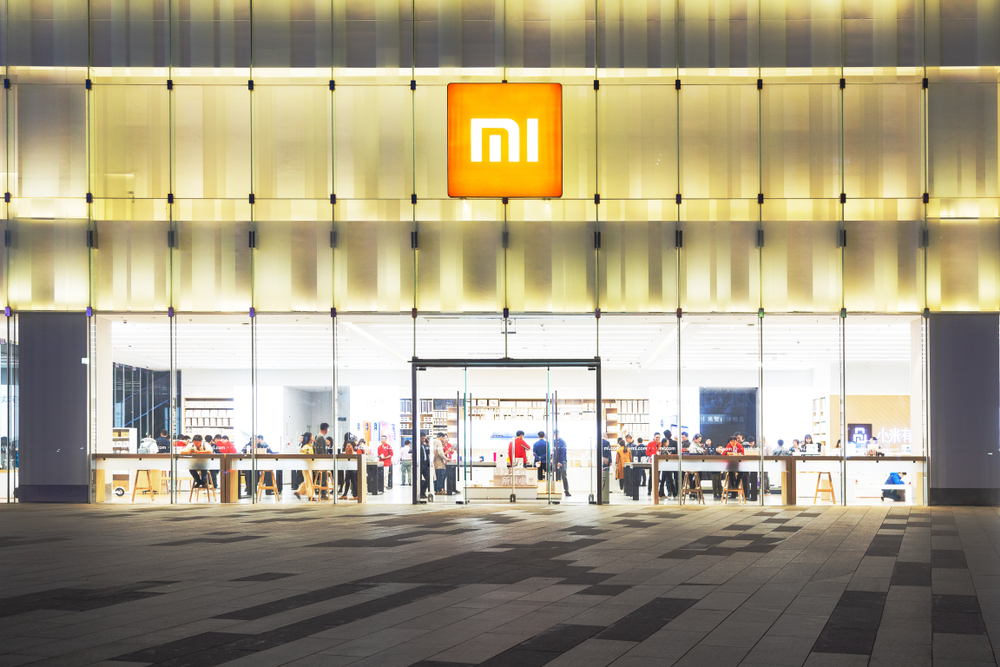Wang Xiang, head of Xiaomi Corp’s international operations, said the smartphone maker is aiming to enter the Japanese market next year, offering multiple models and linked wearable devices online and through the company’s own sales channel.
“We should be able to [enter the Japan market] in 2020. The sooner the better,” said Wang in an interview with the Nikkei, the contents of which were confirmed by a company spokesman. It may also seek to work with Japan carriers eventually.
Hong Kong-listed Xiaomi, the world’s fourth-largest smartphone supplier, has pledged to continue building and expanding new retail channels outside China. It was operating 520 Mi Home stores overseas as of June 30, a year-on-year increase of over 90%.
Xiaomi might be able to find opportunities in the 5G segment as major Japanese domestic vendors are likely to launch only high-end models, said Akira Sugawara, a Tokyo-based senior market analyst with IDC.
“This gap between market demand and vendor supply may be an opportunity for Xiaomi,” said Sugawara. “Even in the 4G market, consumers are looking for ‘good value for money’ models … the USD 250 to USD 400 price band may be an opportunity for Xiaomi.”
“Oppo increased its shipments to Japan in Q3 2019 … proof of OPPO’s ambitions in Japan. Learning this news, Xiaomi perhaps decided to enter the market too,” added Sugawara.
According to data on Statcounter, Oppo, the world’s fifth-largest smartphone vendor, has a market share of 0.71% in Japan as of Oct 2019, lagging behind Huawei, which has a 5.6% market share. Apple remains the leader in the country with a market share of over 60%, and Sony is second with 8%.
Meanwhile Xiaomi is the leader in fast-growing India, with roughly a quarter of the market. After expanding to Southeast Asia, India, Russia, Europe, the company announced a partnership in February with Africa’s leading e-commerce platform Jumia to drive smartphone penetration across the continent.
In China, Xiaomi saw a 19% drop in shipments in the first quarter this year, which was the biggest decline among China’s major handset vendors in the same period. It has lost market share to Huawei as the country’s biggest handset maker sharpens its focus on the domestic market amid overseas pressure from the US trade blacklist.
Smartphone shipments in China, the world’s largest smartphone market, fell 6% to 97.9 million units in the quarter ended June 30, down from 104.2 million units a year ago as concerns remain about domestic consumption amid US-China trade tensions that saw the mainland’s economic growth hit a record low earlier this year.
